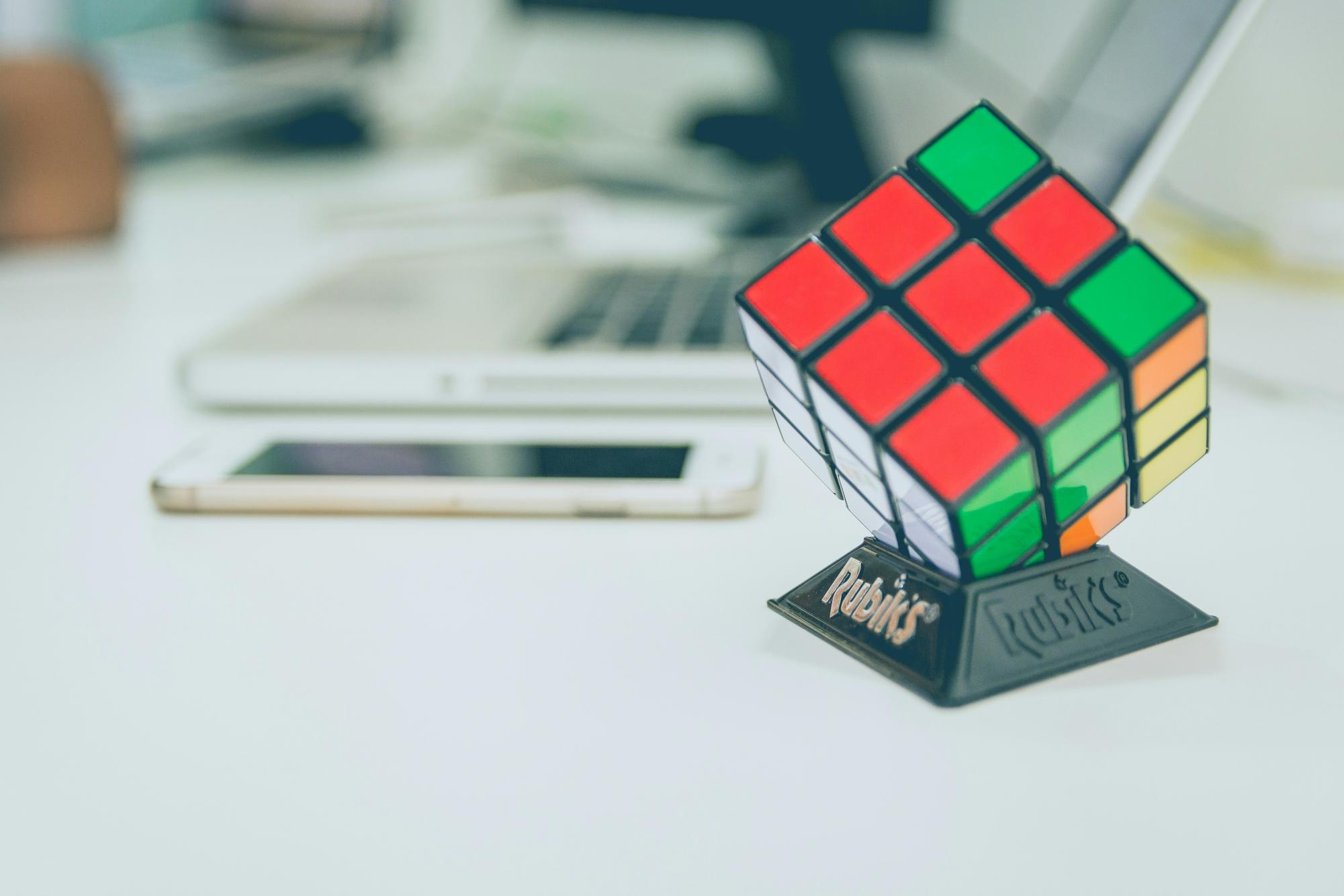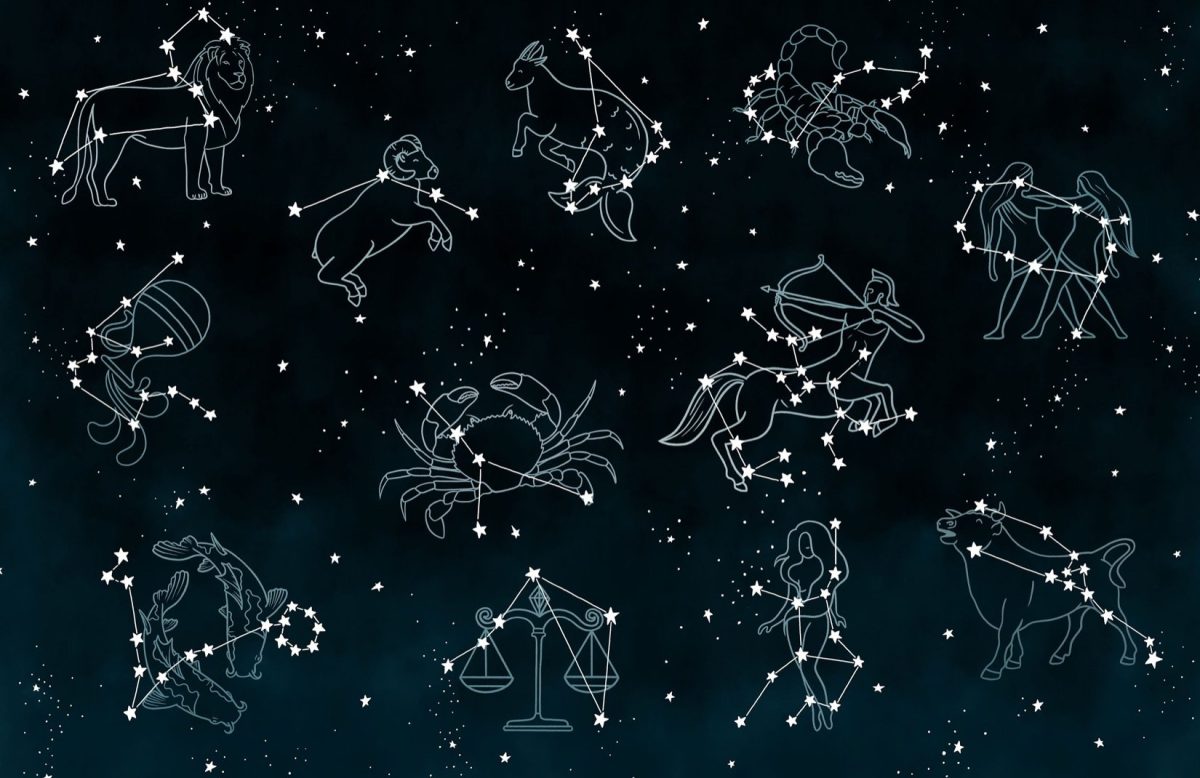Many people believe that solving the iconic Rubik’s Cube is difficult and requires many steps. Contrary to generalized beliefs, however, the Rubik’s Cube isn’t so difficult if one is able to discover the methodology of the steps to solve it. Nonetheless, this only applies to the original Rubik’s Cube, especially with new complex puzzles being introduced, such as the quantum Rubik’s Cube.
While a conventional Rubik’s Cube, with nine squares on each of the six faces of the cube, has about 43 quintillion possible configurations, a quantum cube’s configurations are incalculable. In 2022, Noah Lordi and Maedée Trank-Greene, researchers at the University of Colorado, began a project to mathematically calculate the possible configurations of a Rubik’s Cube. The matter resurfaced again in November 2024, when another study led by Noah Lordi confirmed the initial theory from two years ago.
The rules regarding the concept of the quantum Rubik’s Cube don’t significantly differ; however, the methods by which puzzle solvers try to match the colors may serve as a barrier to calculating the exact number of configurations that a single cube can hold. The speculation surrounding the quantum Rubik’s Cube arises mainly because each square on the cube signifies a type of particle, and the cube requires the same types to align with one another on one face. To complicate matters, particles can also be represented in superposition due to the square root of a permutation. This will cause the quantum Rubik’s Cube’s particles to be concurrently placed in an initial and switched position. Superposition introduces the effect of being able to move a side without actually moving it at the same time.
To solve the puzzle, one would have to acquire a specific sequence of moves to eventually solve it, despite the millions of possible combinations. Nevertheless, the quantum Rubik’s Cube can still be solved in two ways. The first method is to measure the state of the particles and check whether the particles moved or not. This would cross out the possibilities of having to deal with superposition when solving the puzzle. Another method is to construct the cube with only certain low-energized particles to restrict the number of configurations, according to IFL Science.
In regards to the history behind the Rubik’s Cube, the year 2024 marks its 50th anniversary. The Rubik’s Cube was first invented by Erno Rubik in Hungary to illustrate spatial relationships in 3D to his students while he was instructing architecture. To get to the finalized version of the Rubik’s Cube that is well-known today, the Rubik’s Cube endured several changes to its original idea. For example, the cube wasn’t initially considered to be a toy, but a piece of art. It was also called a Magic Cube because Rubik considered it “magic” after finally solving it over the course of several months. Nowadays, there are competitions all over the world where speed-cubers are constantly trying to achieve the fastest time.
Fifty years later, the Rubik’s Cube is not only a source of intrigue for people, but it also benefits other fields of science. The quantum Rubik’s Cube contributes to the development of quantum computers due to its complexity. By serving as a challenge for computers, the quantum Rubik’s Cube allows advances in scientific fields. “We can expect quantum puzzles to be available on quantum computers not just for playing games, but also for exploring chemistry, phase transitions, and systems,” Enrico Prati, a scientist from the University of Milan said to LNG. The Rubik’s Cube continues to make waves, even after 50 years, still sparking new challenges for individuals around the world.








